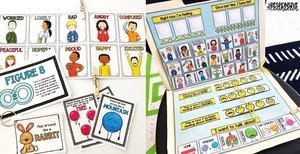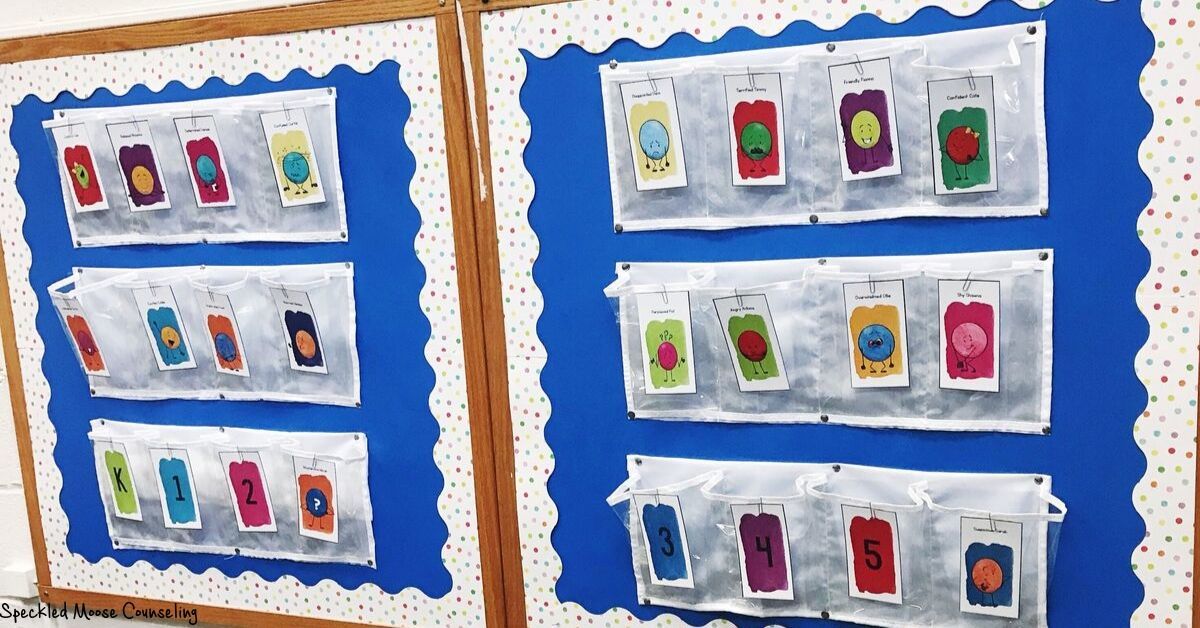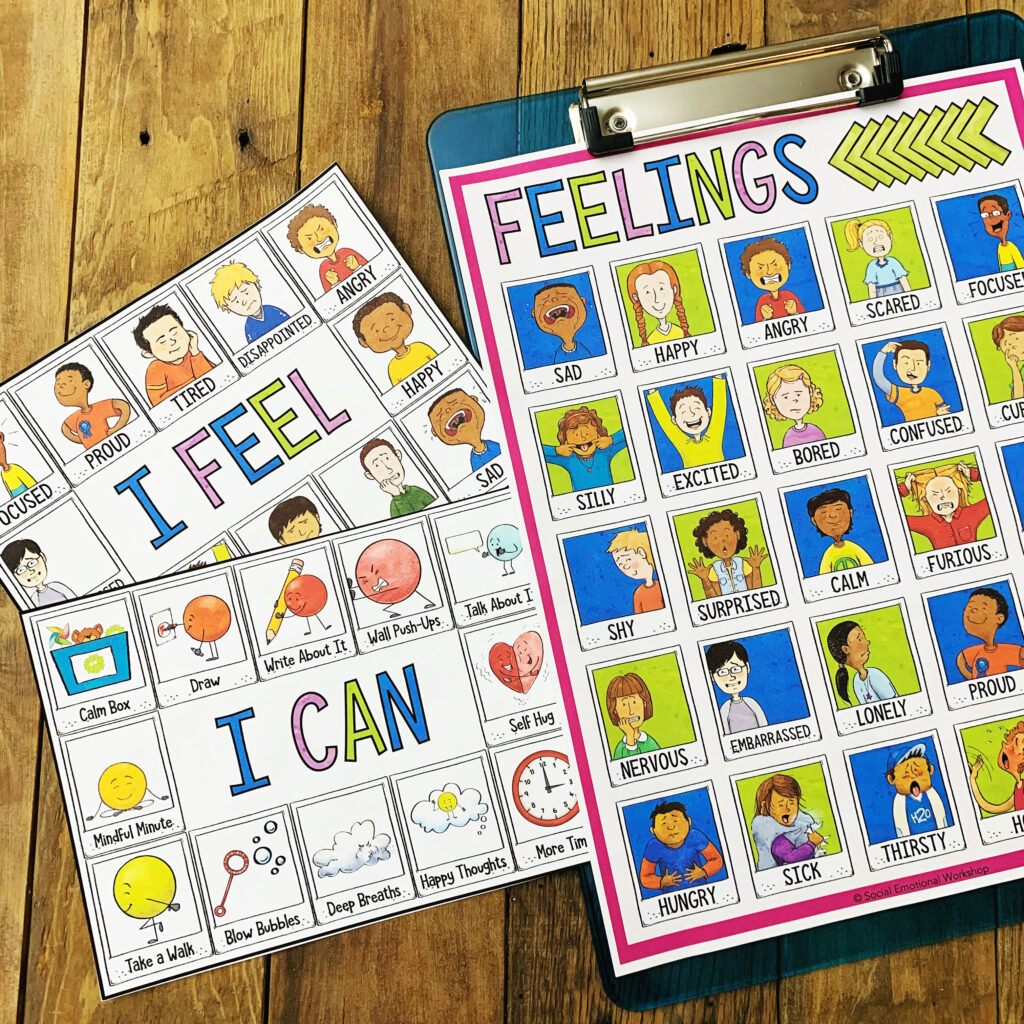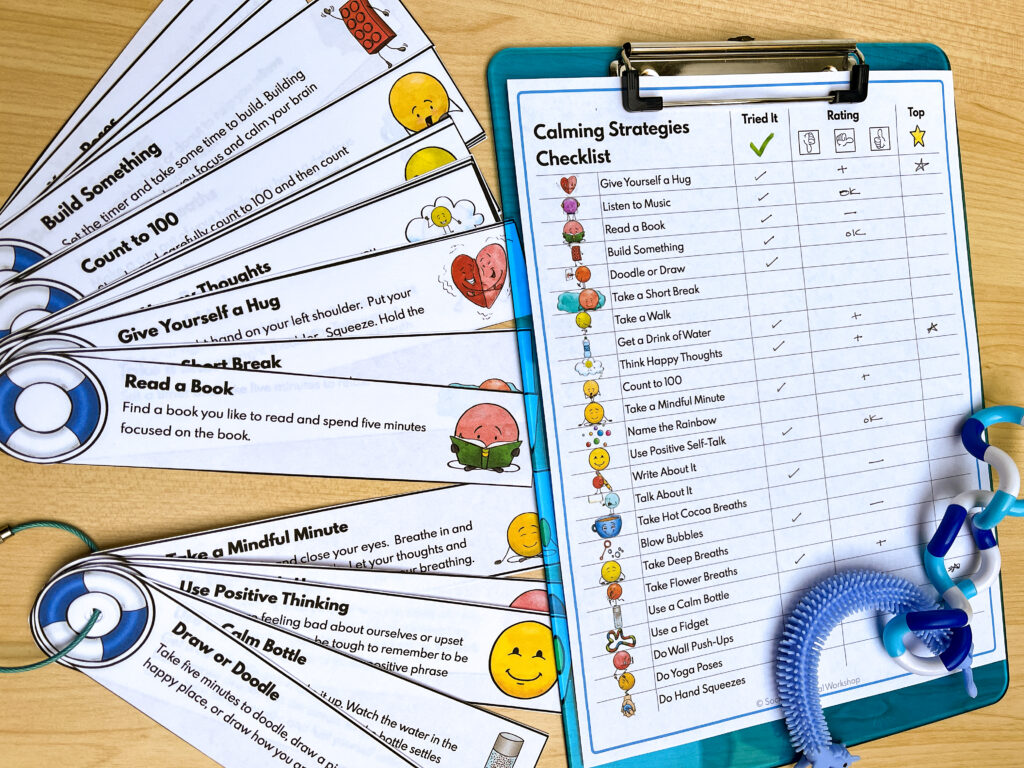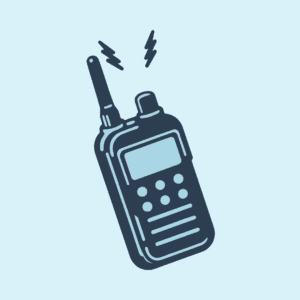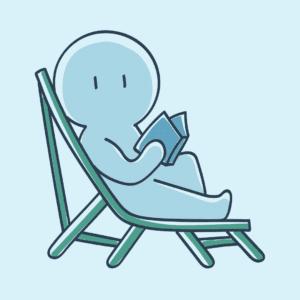Ever feel like your group and individual sessions can feel a little too loose? A little unplanned? Using routines during your sessions may be an incredible help. They save time getting students engaged because they already know what to expect. You will spend less time planning when you know what to do for each session. Students will feel more at ease and open when sessions are predictable.
Check out how Sara, Gretchen, and Laura use routines in counseling.
Counseling Routines
Check-Ins, Movement, Breathing
Routines are a crucial part of my counseling sessions. They help establish relationships, provide the consistency our students need, and develop a sense of group unity.
The most important routine for me is the feelings check-in. I keep a cup of clothespins for each group, with student names written on them. As students walk through my office door, they find their pins and clip them onto the feelings chart.
I have a particular "check in and out" lapbook for individual sessions where students show me their current and past week's feelings. Part of that lapbook routine is for students to share what they want our session to focus on.
I also incorporate movement into all of my group sessions. With many groups, we do yoga at the start to center our brains and bodies. Some others use energizing movement breaks (such as "waddle like a penguin") in between parts of the session where we are sitting.
I like to end with mindful breathing in group and individual sessions. It helps them be more mentally and emotionally prepared to re-enter class. Not all of my students love this (even when they know it might help them), so it's important that I give them a choice in which strategy to use.
3 Part Routine for Counseling Groups
I enjoy counseling groups, most of which occur during lunch. This schedule presents its own set of issues, but I've found a routine that keeps it running smoothly:
- individual feelings check-in,
- group check-in,
- an activity related to the group focus.
At the start of every new group, after group rules are established, students create a "feelings card" that they use for my feelings bulletin board. I attached various emotions on my board to the pockets of a cut-up shoe holder. While students wait for peers to come in with their lunch, they identify their feelings on the board by placing their cards in a pocket.
I used the same characters from my feelings posters and Go Feelings game so that the students could become used to identifying the images and emotions. This easy individual check-in allows me to assess my students' progress rapidly.
My next step in the routine is to do a group check-in. Typically, I'll ask students to share any good or bad news they'd like the group to know. Framing the question this way allows me to gain insight into various things. Depending on the number of students in the group, you should limit the time each student has to share news.
Once everyone has checked in, it's time for the group activity for the day! This activity might change weekly or continue from the previous week. I emphasize to students that our lunch priority is eating, and we can always continue activities or projects the following week.
This easy routine for group counseling provides a clear structure and expectations that students love!
Consistent Routines: Same every Time
As a school psychologist, I planned sessions as if I were building something. Each session had three to six parts. The content would change depending on the students' needs, but the framework remained the same.
I began sessions with a feelings check-in. I finished sessions with a simple exit ticket and calming strategy practice. These were completed quickly because students knew the routine and were familiar with the skills.
The bulk of my sessions usually followed a 3-step session plan. I introduced a new skill, we practiced it together, and then they had a chance to try it independently. When we were working on a previously introduced skill, we spent more time on independent practice, especially if we didn't get to complete it the week before.
Sessions had a different format when students were referred for an acute problem (e.g., loss of a loved one) rather than a skill deficit. However, it remained consistent for that student each time.
Routines provide predictability, which helps students feel at ease and ready to do the hard work we need them to do in counseling.
What routines do you use in counseling?
Share yours below!


